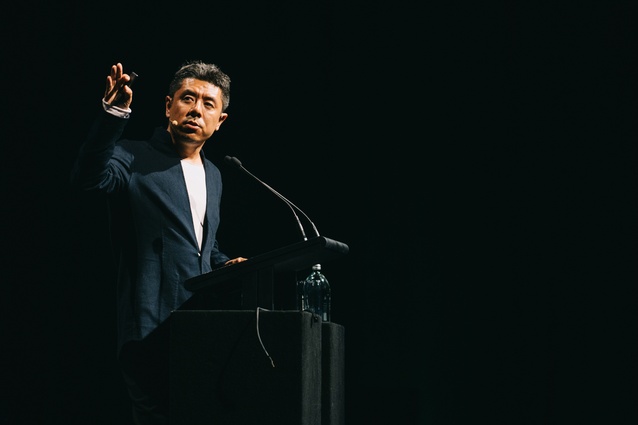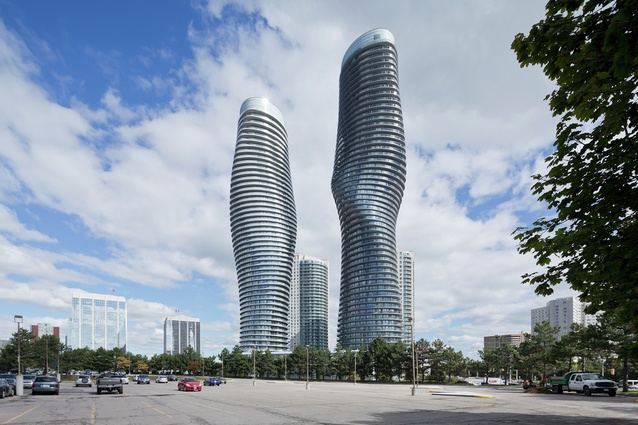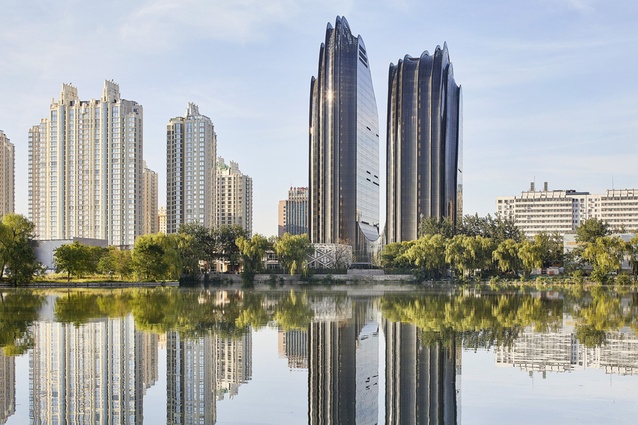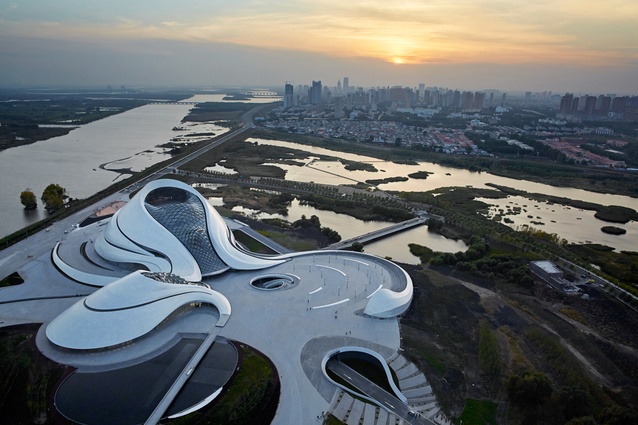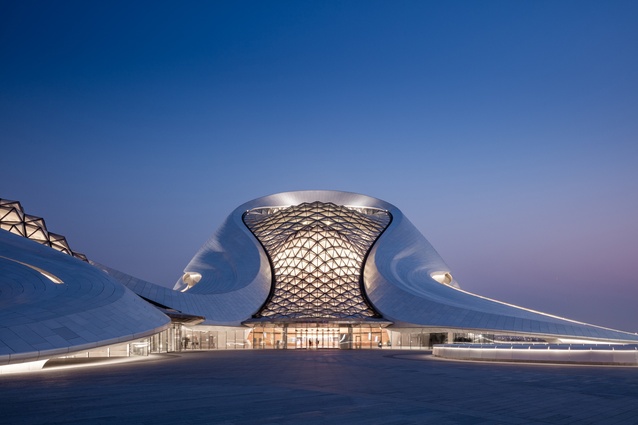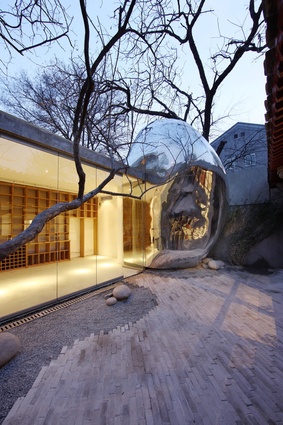In:situ 2019 series #3: Ma Yansong
In our third interview from the 2019 New Zealand Institute of Architects in:situ conference, Ashley Cusick speaks with Ma Yansong. Yansong is the founder and director of MAD Architects, based in Beijing. He is known for his boundary-pushing design and his philosophies around connecting architecture with nature. Here, he talks about salvaging independence, rejecting the ‘modern box’ and honouring tradition while moving forward.
Ashley Cusick (AC): In many ways your designs oppose modern ideas, or Western ideas, of architecture. Have you faced any challenges in bringing your clients on board with that kind of thinking?
Ma Yansong (MY): I never talk to them in this way. I think they are looking at the architecture, and it’s new. That’s what they’re looking for. In China when we do large projects, of course they like that you are doing a new type of architecture. But, they couldn’t explain why they like it. When I talk about a connection to the history, it seems they can understand, but that’s not the key to them accepting the design. They like the design because it’s new.
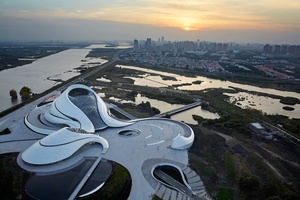
Architects in such situations, the cultural values are more important to you or to the future that you believe in. But, I think that people more care about practical aspects – the function, the material, the cost – and less about the cultural values. If I say I will build a tower and it’s inspired from the culture I understand from history, clients understand in China. I think this generation, especially with commercial developers, there is a crisis of lacking identity. They are making money and they want to build things. Why are we building the same tower, the same thing everywhere around the world? What’s the identity? I think that people are looking for a new answer.
AC: How much of that is about commercial imperatives? Do you face challenges in that regard? Perhaps building tall boxes is cheaper and that’s why we’ve moved that way around the world. Have you had to shift your designs to meet financial goals?
MY: Yes, maybe. Not necessarily, though. Many of my buildings, they cost less than the big box. I think the box nowadays becomes more and more expensive. At the beginning, maybe people built a box because it’s cheaper, and now the box becomes the mentality you have about the way you build things. Actually, a lot of the sustainable, green, LEED-certified buildings, they cost a lot, and they use a lot of new material and expensive equipment, but the architecture is the same as 50 years ago. I don’t think that is sustainable. I think architecture should move towards how humans feel they are connected to the space – that makes people want to keep it after 100 years. Otherwise, they will demolish it. It’s not sustainable. I don’t think that different architecture necessarily costs more.
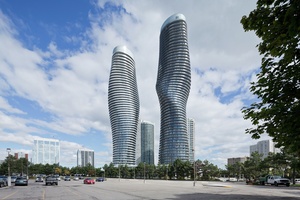
AC: You have talked before about seeing the forces of traditional values as opposed with modern architecture. I think we have a similar thing in New Zealand where we have indigenous cultural values along with a modern way of thinking of architecture and they don’t always seem to work together. How do you go about balancing innovative, boundary-pushing design with traditional cultural values?
MY: I think that has to do with how do you look at the history, from which angle. When you talk about the cultural and the modern, often people think cultural means past. But, the past is the past. You always need to look at the culture, or create the continuity of culture, in a new way. That means you have to create new. There is no battle between past and now. There is a curiosity. How does the history, the cultural, evolve to something different, something new? I think that’s the key.
Architecture is always about building something. Preserving is another topic. You keep the historical things because you want to study and you want to respect that, and you can create something at the same level for the future. You should look at the new and the past as equal. If we are lacking of any part, it’s not healthy.
That’s what I feel. I see some bad examples. In China, you do new things and you forget about why you’re doing that. But here [in New Zealand], I feel you don’t do new things, because there is a battle. In China there are also some people doing the same thing. They are saying, “I like historical things, I don’t do new things.” That’s not the logic for me. I think that we are all – at least for me – I am curious how the philosophy, how the emotion embedded in this history gets involved in something new and now.
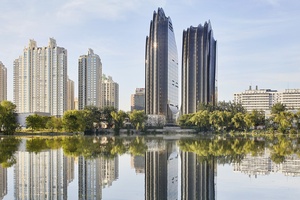
AC: Could you take us through your design process after you’ve taken on a project?
MY: Every project, there is a location, there is an environment, there is a time. It is like a drama or a play, and you are an actor. You go in and you have to understand the atmosphere, the history, the story around it. Then you will have a very instant response to that. And, I trust that. Some people, they sketch. I also sketch, but before I sketch I want to have a strong feeling about the location. If you go to the site you look at the surroundings, or something happens, or you meet people. I try to take the first impression. Then I do a sketch. And then I keep my sketch as the building; sometimes it’s a very direct translation from the sketch to the building. I don’t want to correct many, many times. The emotion, the first instant feeling, is important to me.
AC: So, you don’t do much refining after the initial concept?
MY: No, there are always many ways to look at the same issue. That’s the value of architecture: you do your own angle. If you discuss too much and change and everyone talks about it, there is no angle. Cities can be like that, maybe, but not individual work.
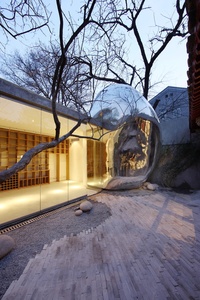
AC: What do you do to stay inspired?
MY: I do other creative things, sometimes design pieces and art shows. But, I don’t think that’s more inspiring than architecture. That’s like a side job. Architecture involves so much. Architecture, for me, is like literature. It is a deep, a true expression of you and your understanding of society and culture. So, I think when you have a strong belief or an individual understanding about what’s happening, then you don’t need inspiration. It comes out naturally. It’s like when you ask me a question; I just answer what I think. I don’t care what other people think. Maybe my answer doesn’t matter, or is wrong, but that is my answer.
AC: Do you see your architecture evolving as you get older?
MY: I’ve only practised for about 15 years. I think that’s still early to say, but I hope so. I have started to observe what’s happening around the world now, before I didn’t. My opinion is always critical to the world. Before, I see what’s happening around me in a smaller circle; now, I see what’s happening around the world. For me, I think it’s very practical now, and very political. I think architecture is losing its core value to inspire people. In the last generation, the architects in their early career, they challenged the mainstream a lot and they talked about the future. And, they believed that architecture could shape a new world and change how society works.
Now, I think the commercial force and the political force are both strong. Sometimes they are against each other, but they are both strong. So, many architects have to choose a side. They go to the commercial world and they gain success and a lot of projects. Another group goes to serve the community with green architecture – which is good but not necessarily historical or inspiring. I think it’s important for young people to feel that they are independent, not to feel that they are being forced by any power.
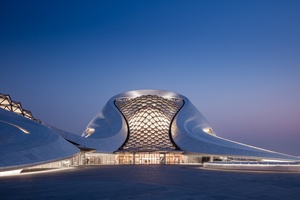
I think when you get older you can have a more mature building. But there is a value for young people as well. They are more brave, and they are willing to change. They don’t care about themselves too much. They don’t want to build up their reputation too much. Some older people, they want to hold on and they don’t want to change. But, it takes time to build a mature understanding, I think.
AC: The natural landscape is also very important to your work, and New Zealand obviously has a lot of beautiful natural elements as well. How can we apply your philosophies about marrying architecture and nature together here?
MY: That is my view. I think the modern cities are developing from a more technology-, capitalism- and human-centred philosophy. In the future, we will have to build up the human and nature relationship. Here you have beautiful nature. I have several projects in China that I feel almost criminal to do anything there because the nature is so beautiful. But, you have to build a dialogue. You have to take into consideration how you talk to the nature.
For me, I’m still in the process of finding the ways to do that. I do a lot of experiments with every project. However, first you have to say no to the modern box. If you say, “We are going to start a new direction,” then you have to stop the old. That will force you to find the new things.
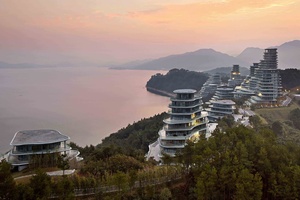
One way is to involve new architecture, and that will naturally connect to the context or the cultural history. The architect knows the history; it’s embedded into their mind. So, when they try to do something new, there will be a link. That way people will see the new possibility that will be rooted into the history and the natural context. But, we need to build up this climate, and the atmosphere, where people are willing to critique what’s happening in the past and where they want to do something new. Young people or experimental architects need to have a space to create.
The commercial world or the political world, they always force you in to something. They see architects as a group, not individuals. They think this group, this profession, has to do something. As a profession, architects never leave a legacy. They never leave a cultural heritage. We call it cultural heritage because it is remembered by the human’s emotion. It is individual. When we talk about emotions, it has to have an individual touch. I encourage young people to be individuals.
AC: Do you have any advice for New Zealand architects on how to maintain that independence that you were talking about earlier?
MY: Try to be an artist. Many people don’t agree. They think architects are there to serve other communities or people. That’s the basic thing. There is an argument between function and form. They are both important. You can’t build an ugly building, but of course you cannot build a useless building. When you become an architect, people not only want you to be professional technicians, they also want to discuss what the future could be with you. You have to be able to answer that question. You cannot say, “Oh the future is whatever you like, you have a community meeting and then we’ll do that.” That is not enough; that is necessary but not enough. That is advice for individual architects, anywhere around the world.
The 2019 in:situ conference was presented by the New Zealand Institute of Architects. The primary sponsor for this event was GIB.

